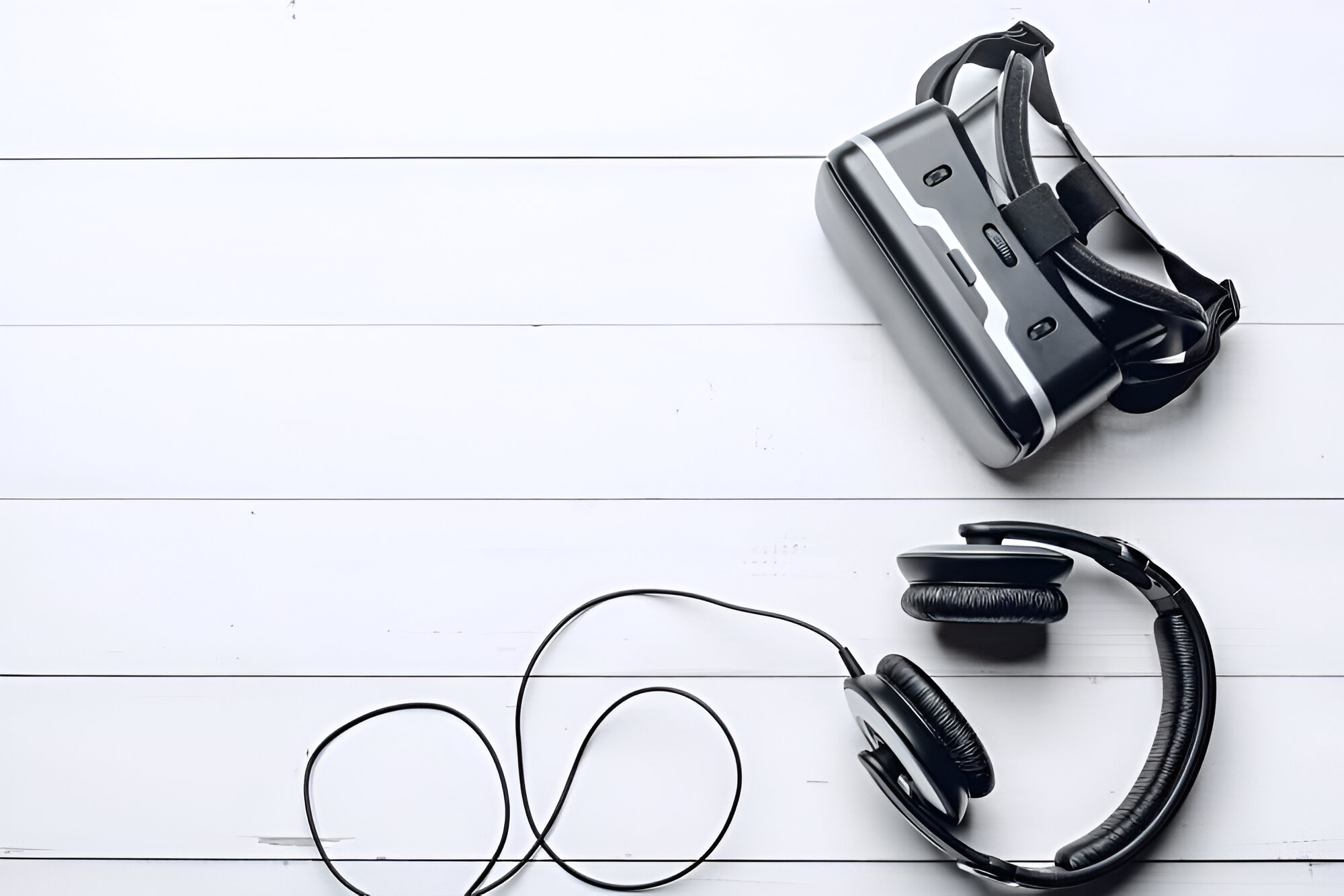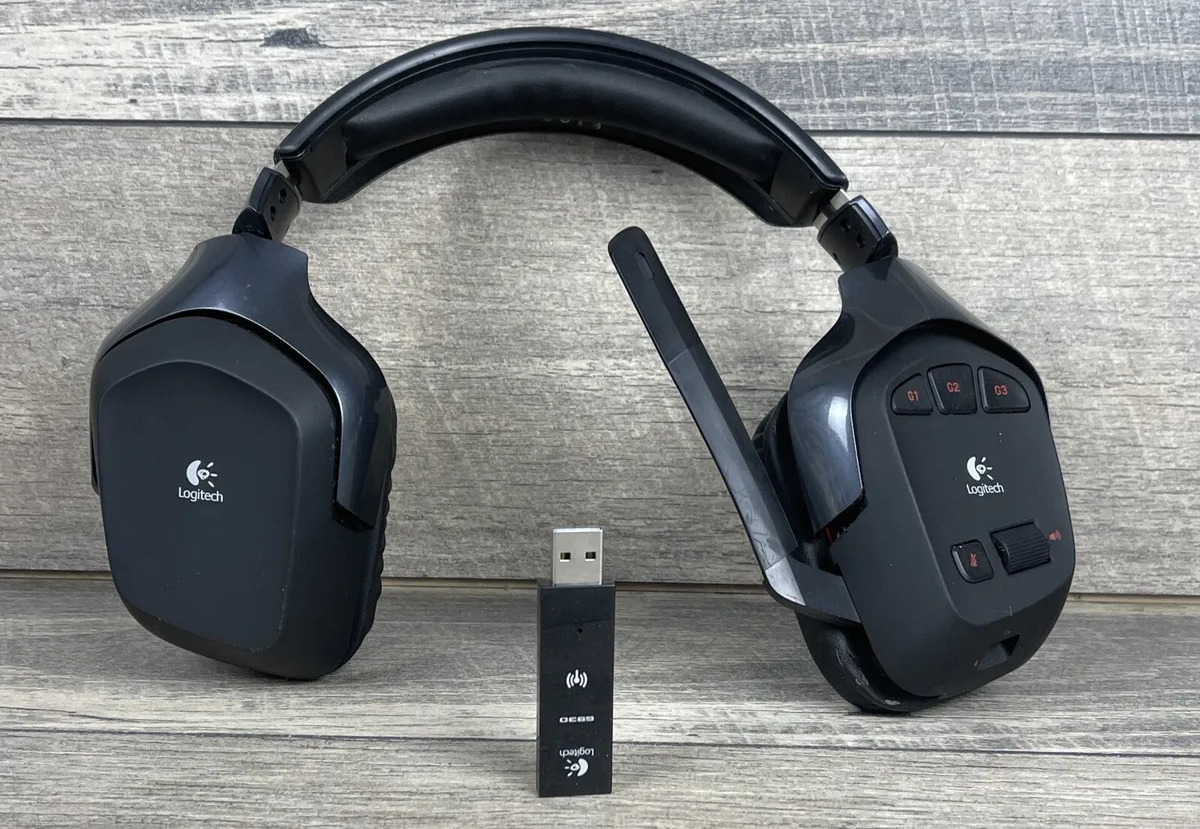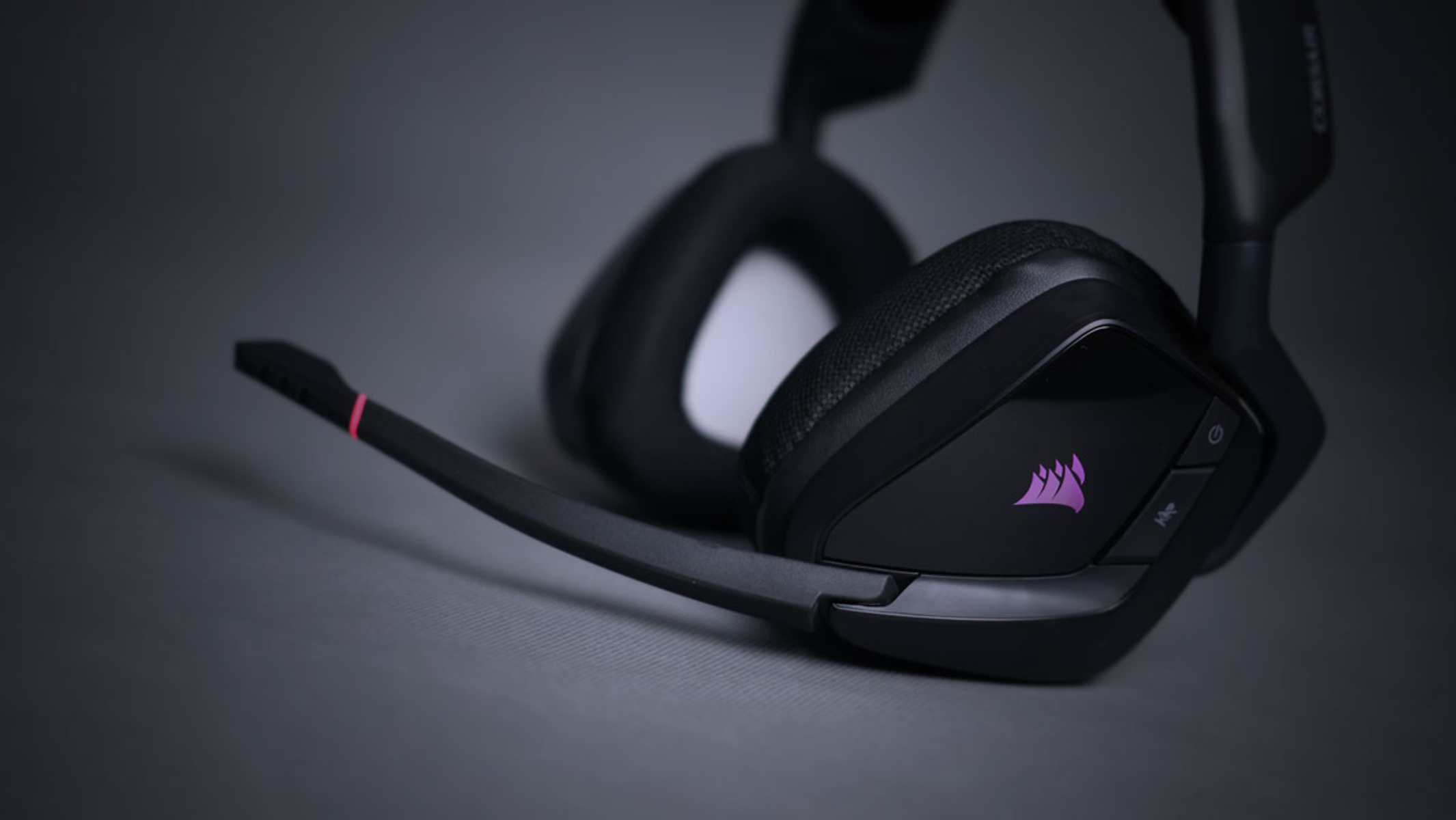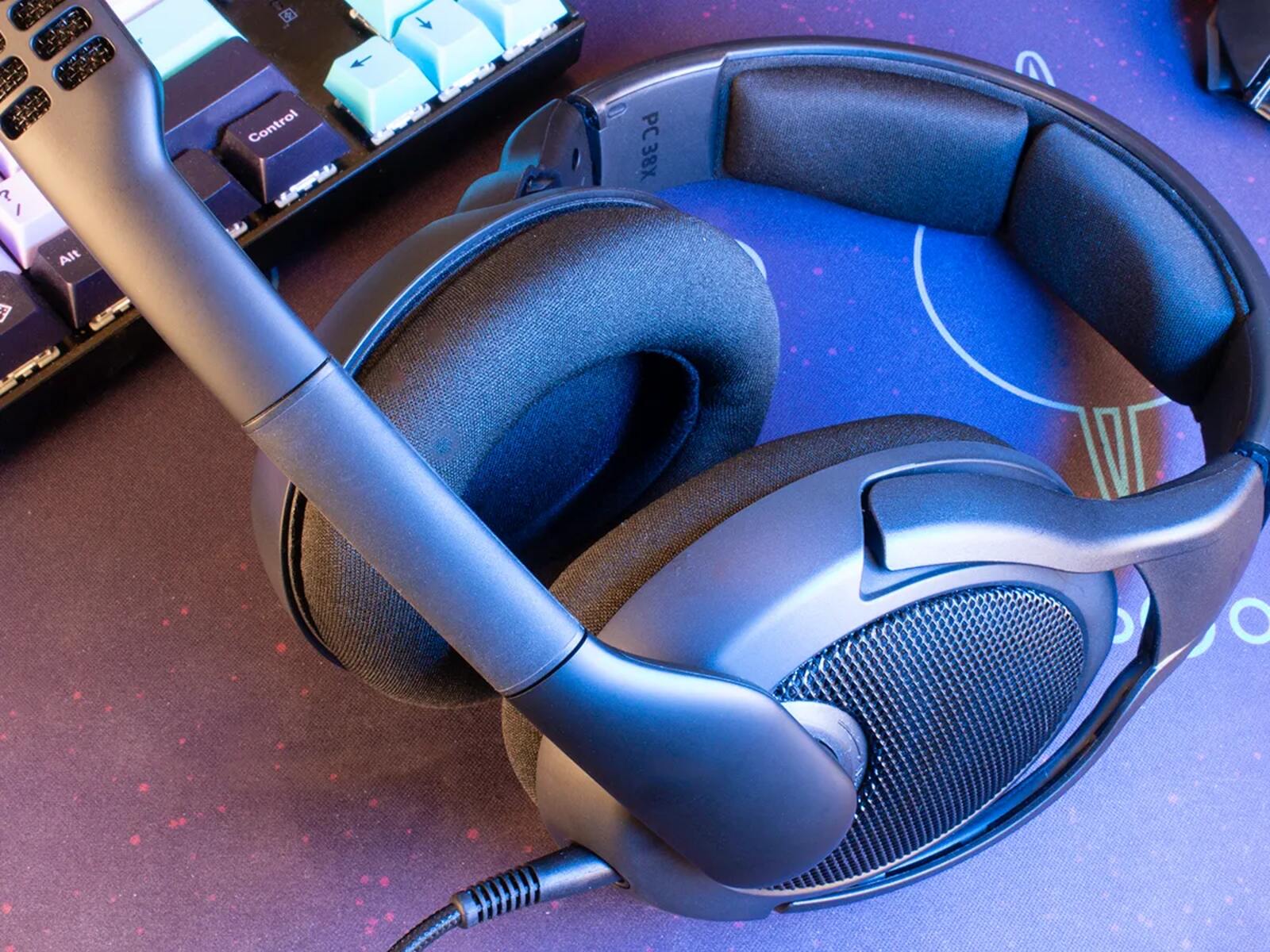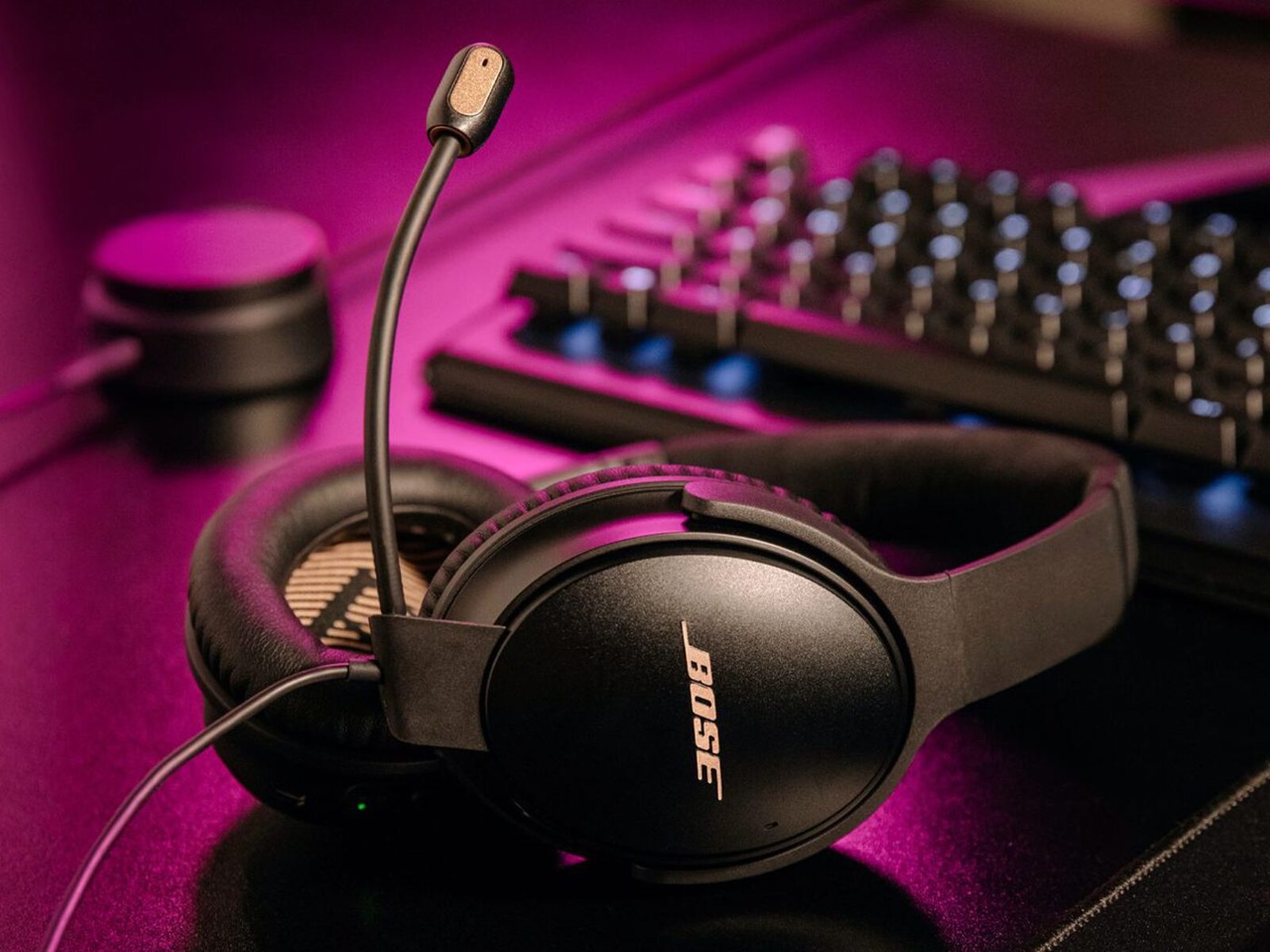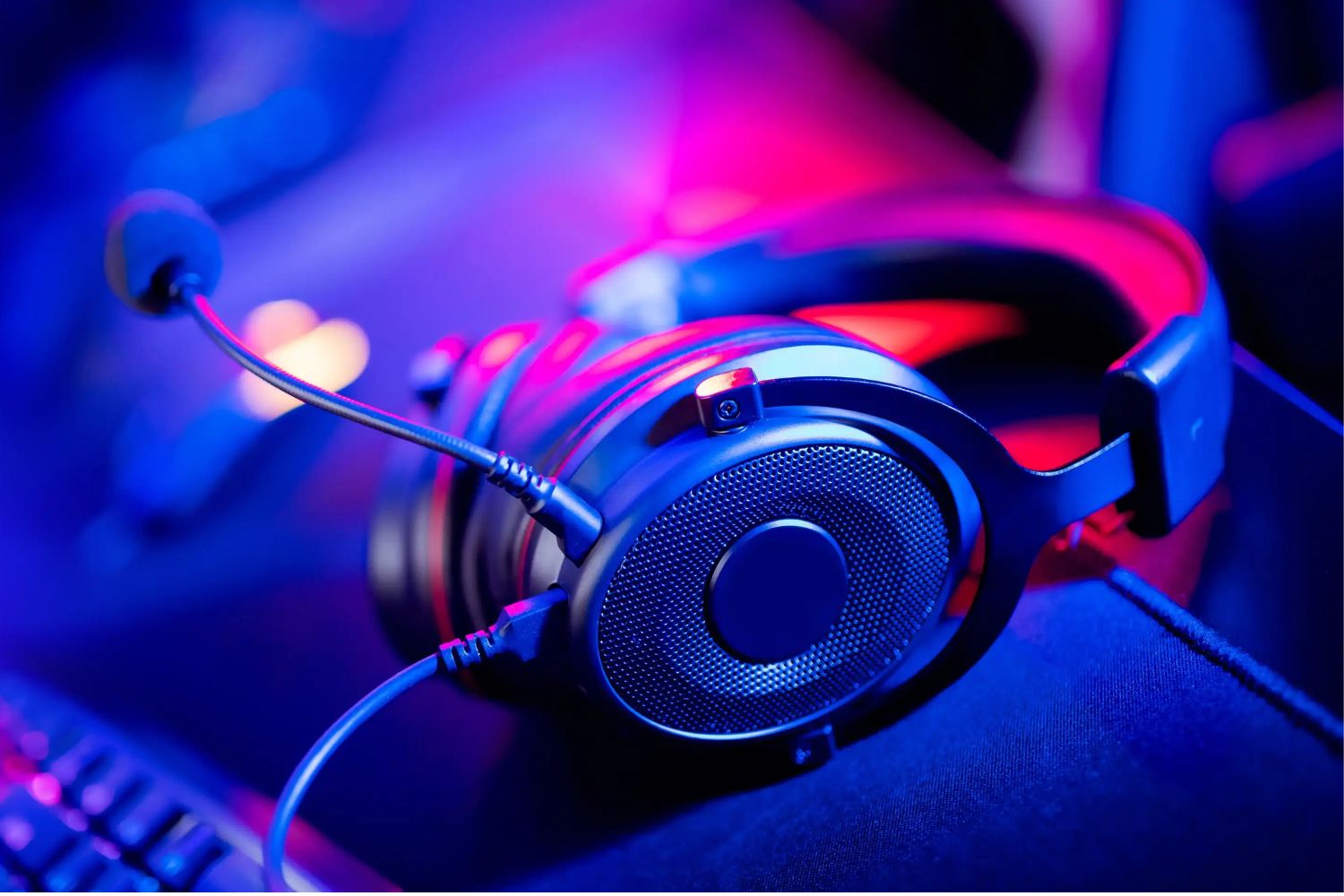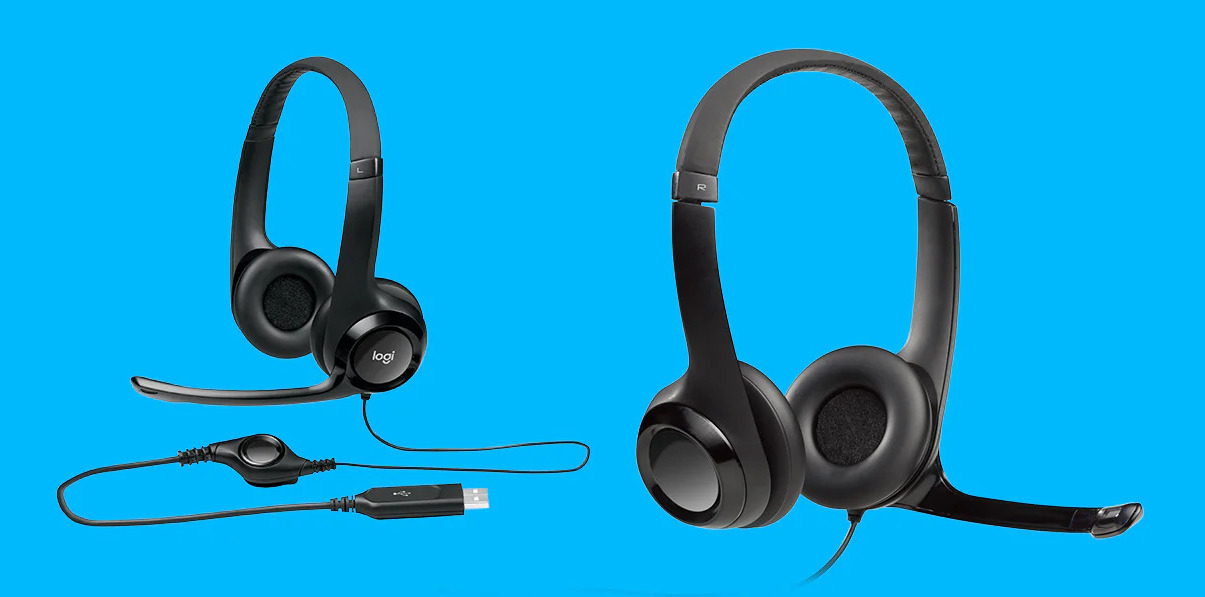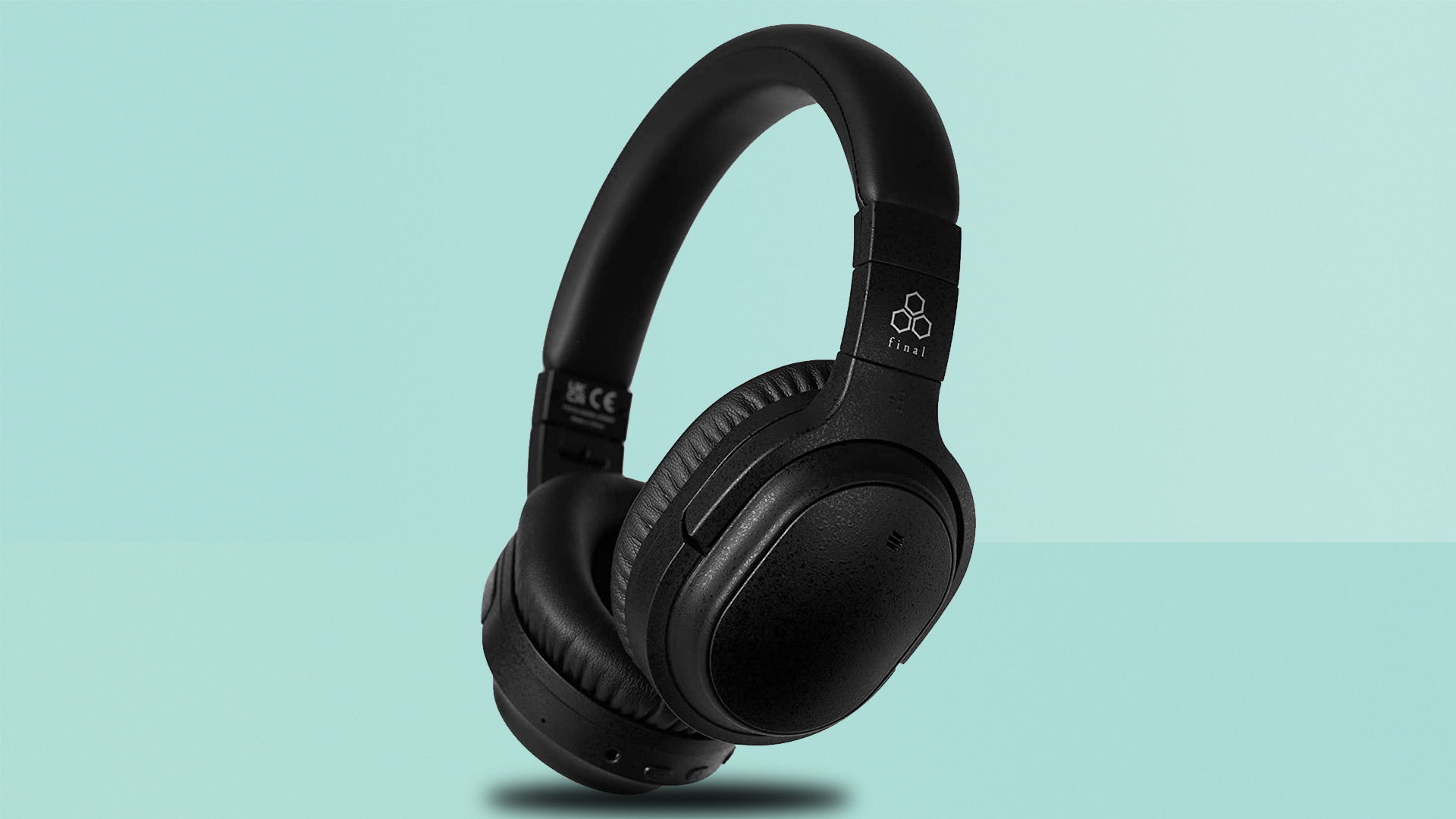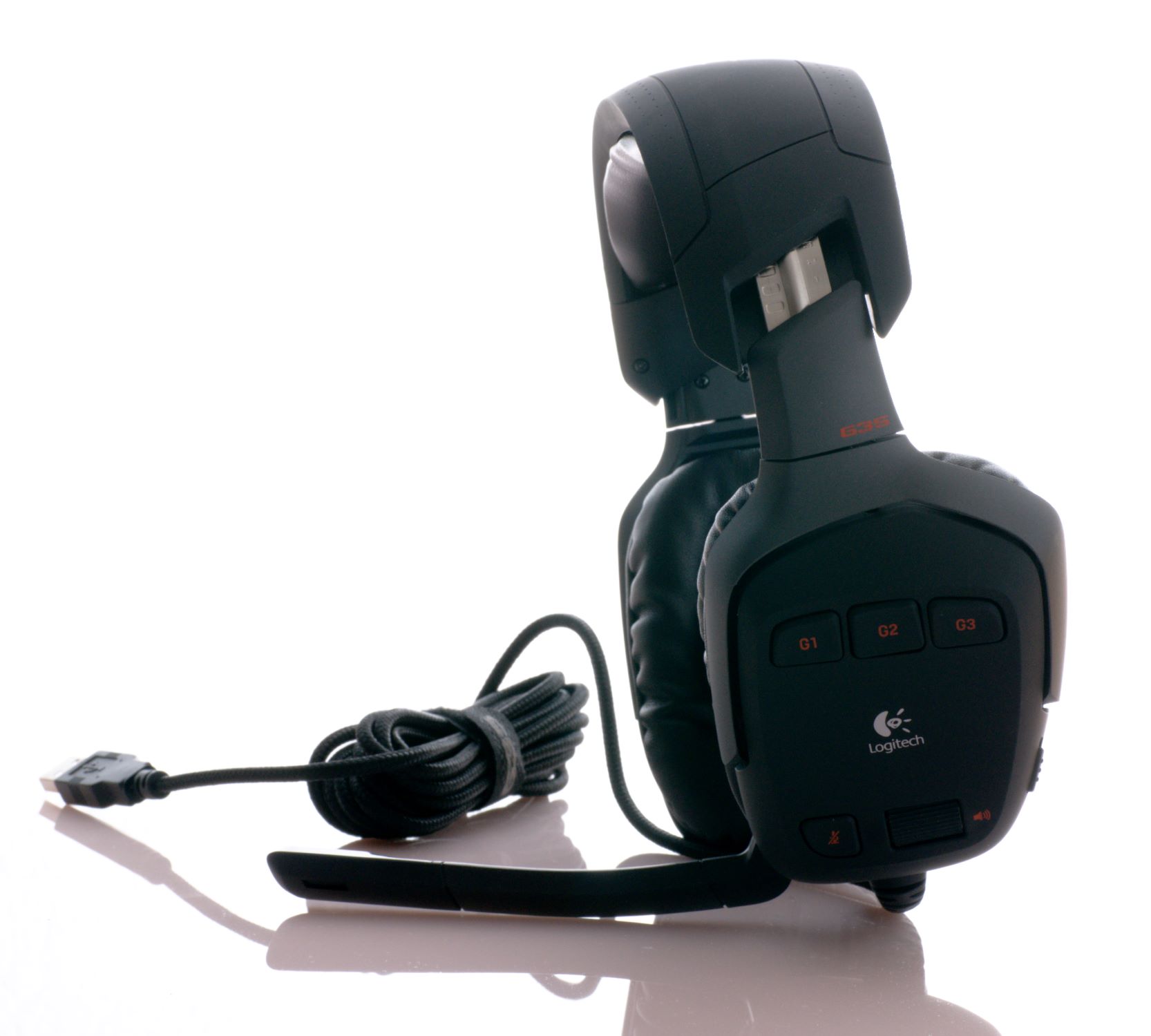Introduction
Are you an avid gamer who enjoys immersing yourself in virtual worlds or engaging in intense multiplayer battles? If so, you understand the significance of a high-quality gaming headset. These essential peripherals not only deliver immersive audio experiences but also provide crucial communication capabilities for team-based gameplay. However, to ensure that your gaming headset functions optimally, it is important to understand the role of drivers and the necessity of installing them.
In the world of technology, the term "driver" often surfaces in discussions related to hardware components, and gaming headsets are no exception. Understanding what a driver is and its relevance to your gaming headset can greatly enhance your overall gaming experience. From optimizing audio performance to enabling advanced features, the installation of a driver can significantly impact how you perceive and interact with in-game audio.
In this article, we will delve into the concept of drivers, explore the importance of installing a driver for your gaming headset, provide guidance on how to install one, and offer troubleshooting tips for addressing potential driver issues. By the end of this comprehensive guide, you will have a deeper understanding of the pivotal role that drivers play in maximizing the potential of your gaming headset, empowering you to elevate your gaming experience to new heights. So, let's embark on this enlightening journey to unravel the mysteries of gaming headset drivers and empower you to unleash the full potential of your gaming setup.
What is a Driver?
Before delving into the specifics of gaming headset drivers, it is essential to grasp the fundamental concept of a driver in the realm of technology. In simple terms, a driver is a specialized software component that facilitates communication and interaction between a hardware device and the operating system of a computer or gaming console. It serves as a translator, enabling the operating system to understand and utilize the functionalities of the connected hardware.
When you connect a new hardware device, such as a gaming headset, to your computer or gaming console, the system may not inherently recognize the device or fully comprehend its capabilities. This is where the driver comes into play. By installing the appropriate driver, you effectively bridge the gap between the hardware and the operating system, allowing seamless integration and utilization of the device’s features.
For gaming headsets, drivers play a pivotal role in optimizing audio performance, enabling advanced audio processing features, and ensuring compatibility with various gaming platforms. These specialized software components are designed to harness the full potential of the headset’s audio capabilities, delivering immersive soundscapes and precise spatial audio cues essential for competitive gaming and immersive experiences.
It’s important to note that drivers are not limited to gaming peripherals; they are integral to the functionality of a wide array of hardware devices, including graphics cards, printers, and network adapters. Each device requires its own specific driver to enable seamless integration with the operating system and to unlock its full potential.
Now that we have established a foundational understanding of what a driver is and its general purpose, let’s explore why installing a driver is crucial for maximizing the performance of your gaming headset.
Importance of Installing a Driver for Your Gaming Headset
Installing a driver for your gaming headset is not merely a technical formality; it is a crucial step that directly impacts the functionality and performance of the device. The following points highlight the significance of installing a driver for your gaming headset:
- Optimized Audio Performance: A driver tailored to your gaming headset ensures that the audio output is finely tuned to deliver exceptional clarity, depth, and precision. By leveraging the capabilities of the headset’s hardware, the driver enhances the audio experience, allowing you to discern subtle in-game sounds and immerse yourself in rich, dynamic audio environments.
- Advanced Audio Features: Many gaming headsets come equipped with advanced audio processing features, such as virtual surround sound, customizable equalization settings, and microphone noise cancellation. The installation of a driver is essential to unlock and harness these features, empowering you to customize your audio experience to suit different gaming scenarios and personal preferences.
- Compatibility and Stability: A dedicated driver ensures seamless compatibility between your gaming headset and the operating system of your computer or gaming console. This compatibility is crucial for stable and reliable performance, preventing audio glitches, latency issues, and other potential disruptions that may arise from using generic or outdated drivers.
- Enhanced Communication: Gaming headsets often feature built-in microphones with noise-canceling capabilities, essential for clear and effective communication during multiplayer gaming sessions. By installing the appropriate driver, you can optimize the microphone’s performance, ensuring crystal-clear voice transmission and minimizing background noise, thereby enhancing your communication with teammates and fellow gamers.
- Firmware Updates and Bug Fixes: Manufacturers frequently release firmware updates and driver enhancements to address performance issues, add new features, and resolve potential bugs. By regularly updating the driver for your gaming headset, you can benefit from these improvements, ensuring that your headset operates at its best and remains compatible with evolving gaming platforms and software.
By recognizing the importance of installing a driver for your gaming headset, you pave the way for an enriched gaming experience, characterized by immersive audio, seamless communication, and reliable performance. Now, let’s explore the process of installing a driver for your gaming headset to unlock its full potential.
How to Install a Driver for Your Gaming Headset
Installing a driver for your gaming headset is a straightforward process that can significantly enhance your gaming experience. Here are the essential steps to guide you through the installation:
- Identify the Manufacturer’s Website: Visit the official website of the gaming headset’s manufacturer. Navigate to the support or downloads section, where you can find the latest drivers and software for your specific headset model.
- Locate the Correct Driver: Ensure that you select the driver that corresponds to your gaming headset’s model and the operating system of your computer or gaming console. It is crucial to download the appropriate driver to guarantee compatibility and optimal performance.
- Download and Install the Driver: Once you have identified the correct driver, download the installation package to your computer. Follow the provided instructions to install the driver, which may involve running an executable file or following a setup wizard. Be sure to restart your computer if prompted to complete the installation process.
- Verify Driver Installation: After installing the driver, verify that it has been successfully installed. You can do this by checking the device manager on your computer or accessing the settings menu on your gaming console to ensure that the gaming headset is recognized and functioning with the newly installed driver.
- Check for Firmware Updates: In addition to installing the driver, it is advisable to check for firmware updates for your gaming headset. Manufacturers often release firmware updates to enhance performance, address issues, and introduce new features. Follow the manufacturer’s instructions to update the headset’s firmware, if available.
By following these steps, you can ensure that your gaming headset is equipped with the latest driver, enabling it to deliver optimal audio performance, advanced features, and seamless compatibility with your gaming platform. Now that you have successfully installed the driver, it’s essential to be aware of potential driver issues and how to troubleshoot them effectively.
Troubleshooting Driver Issues
While installing a driver for your gaming headset can greatly enhance its performance, you may encounter occasional issues that affect its functionality. Here are some common driver-related problems and troubleshooting steps to address them:
- Driver Compatibility: If you experience compatibility issues after installing a new driver, consider reverting to the previous driver version. Visit the manufacturer’s website to download an earlier driver release that is known to be stable and compatible with your operating system.
- Audio Distortion or Static: If you encounter audio distortion, crackling, or static noise, it may indicate a driver or hardware issue. First, ensure that the headset is properly connected and that the driver is correctly installed. If the issue persists, consider updating the driver to the latest version or performing a clean reinstall of the driver.
- Microphone Not Working: If the microphone on your gaming headset fails to function after installing a new driver, check the microphone settings on your computer or gaming console. Ensure that the correct input device is selected, and verify that the microphone is not muted. If the issue persists, consider reinstalling the driver or testing the headset on another device to isolate the problem.
- Driver Conflict: In some cases, conflicting drivers from other devices or software may interfere with your gaming headset’s driver. Use the device manager on your computer to identify any conflicting drivers and resolve the conflicts by updating or uninstalling the conflicting drivers.
- Driver Update Failure: If you encounter issues while updating the driver, such as installation errors or incomplete updates, consider downloading the driver package again from the manufacturer’s website. Ensure that you follow the provided instructions carefully and consider temporarily disabling antivirus or firewall software that may impede the update process.
It is important to approach driver troubleshooting systematically, starting with basic checks such as cable connections and settings adjustments before delving into more advanced troubleshooting steps. Additionally, consulting the manufacturer’s support resources, community forums, or contacting their customer support can provide valuable insights and assistance in resolving driver-related issues.
By addressing driver issues promptly and methodically, you can ensure that your gaming headset operates at its full potential, delivering immersive audio experiences and seamless communication during your gaming endeavors.
Conclusion
As a passionate gamer, you recognize the pivotal role that a high-quality gaming headset plays in your overall gaming experience. From immersive audio that transports you into virtual worlds to clear communication that enhances teamwork in multiplayer battles, a gaming headset is an indispensable tool in your gaming arsenal. By understanding the significance of installing a driver for your gaming headset, you empower yourself to unlock its full potential and elevate your gaming experience.
Throughout this guide, we have explored the concept of drivers, delving into their role as essential software components that facilitate seamless interaction between your gaming headset and the operating system of your computer or gaming console. By installing the appropriate driver, you optimize audio performance, unlock advanced features, ensure compatibility, and enhance communication capabilities, all of which are vital elements in the immersive and competitive world of gaming.
Furthermore, we have provided a comprehensive overview of the installation process, guiding you through the essential steps to ensure that your gaming headset is equipped with the latest driver, enabling it to deliver optimal audio performance, advanced features, and seamless compatibility with your gaming platform. Additionally, we have addressed common driver-related issues and provided troubleshooting steps to help you overcome potential challenges, ensuring that your gaming headset operates at its full potential.
As you embark on your gaming adventures, armed with the knowledge and insights gained from this guide, you are well-prepared to harness the power of your gaming headset and immerse yourself in captivating audio landscapes, crystal-clear communication, and unparalleled gaming experiences. By recognizing the importance of installing a driver for your gaming headset and mastering the installation process, you have taken a significant step towards optimizing your gaming setup and embracing the immersive world of gaming with unparalleled audio quality and seamless communication.
Now, armed with this knowledge, venture forth and immerse yourself in the captivating realms of your favorite games, empowered by the enhanced audio performance and seamless communication capabilities of your gaming headset. Let the immersive audio landscapes and crystal-clear communication elevate your gaming experiences to new heights, as you savor every moment of your gaming endeavors with unparalleled audio quality and seamless communication.







